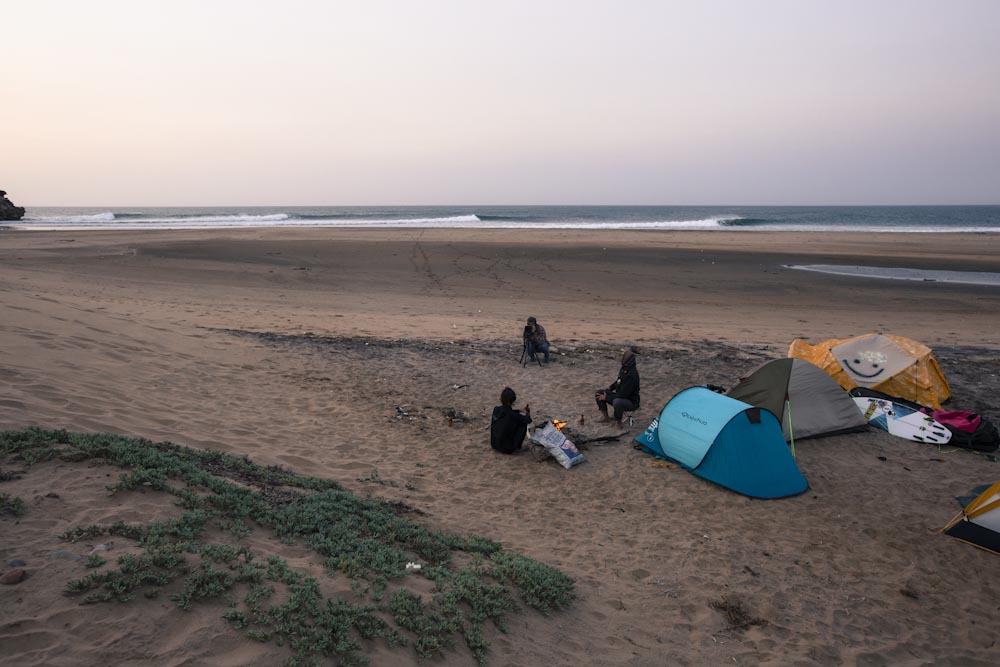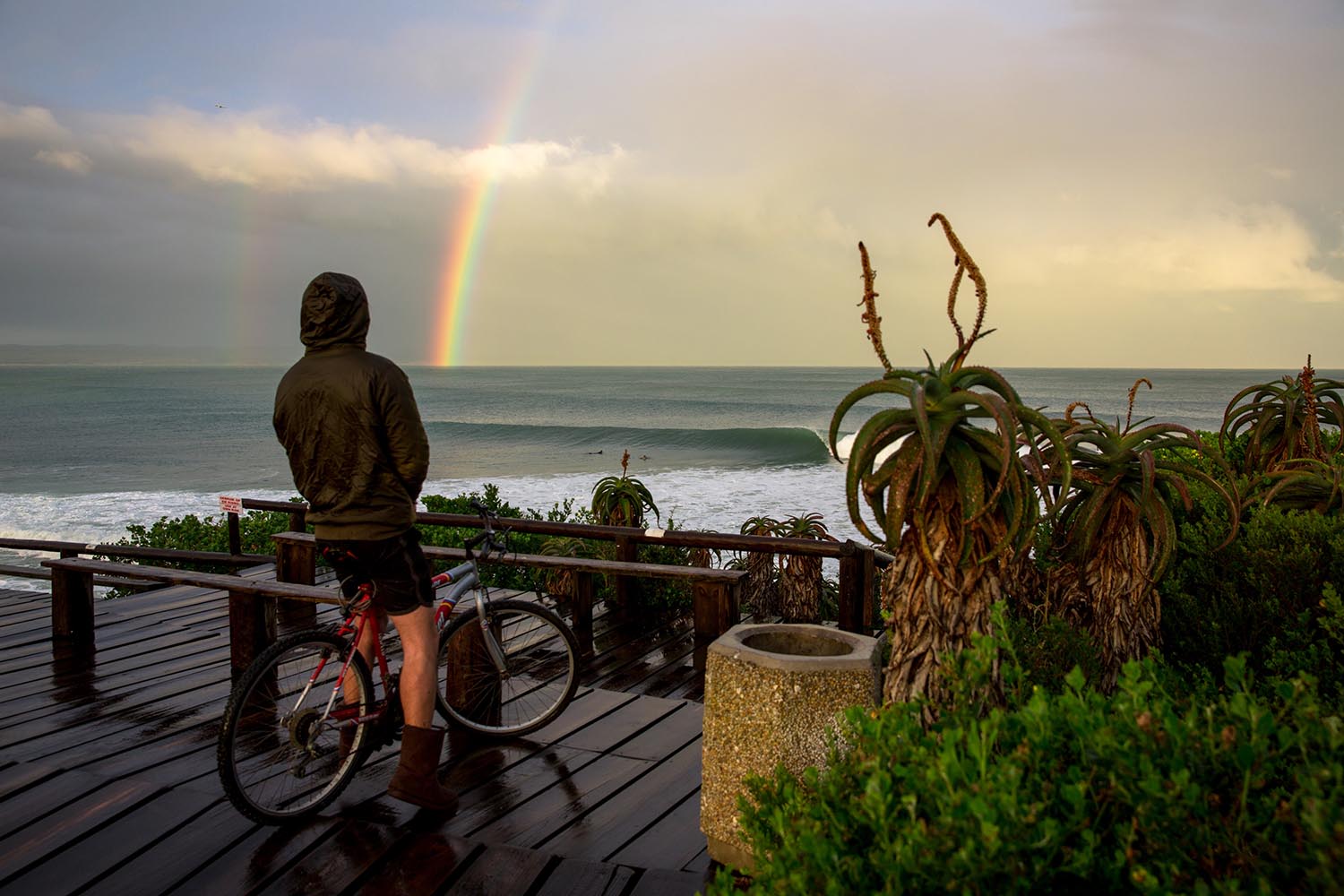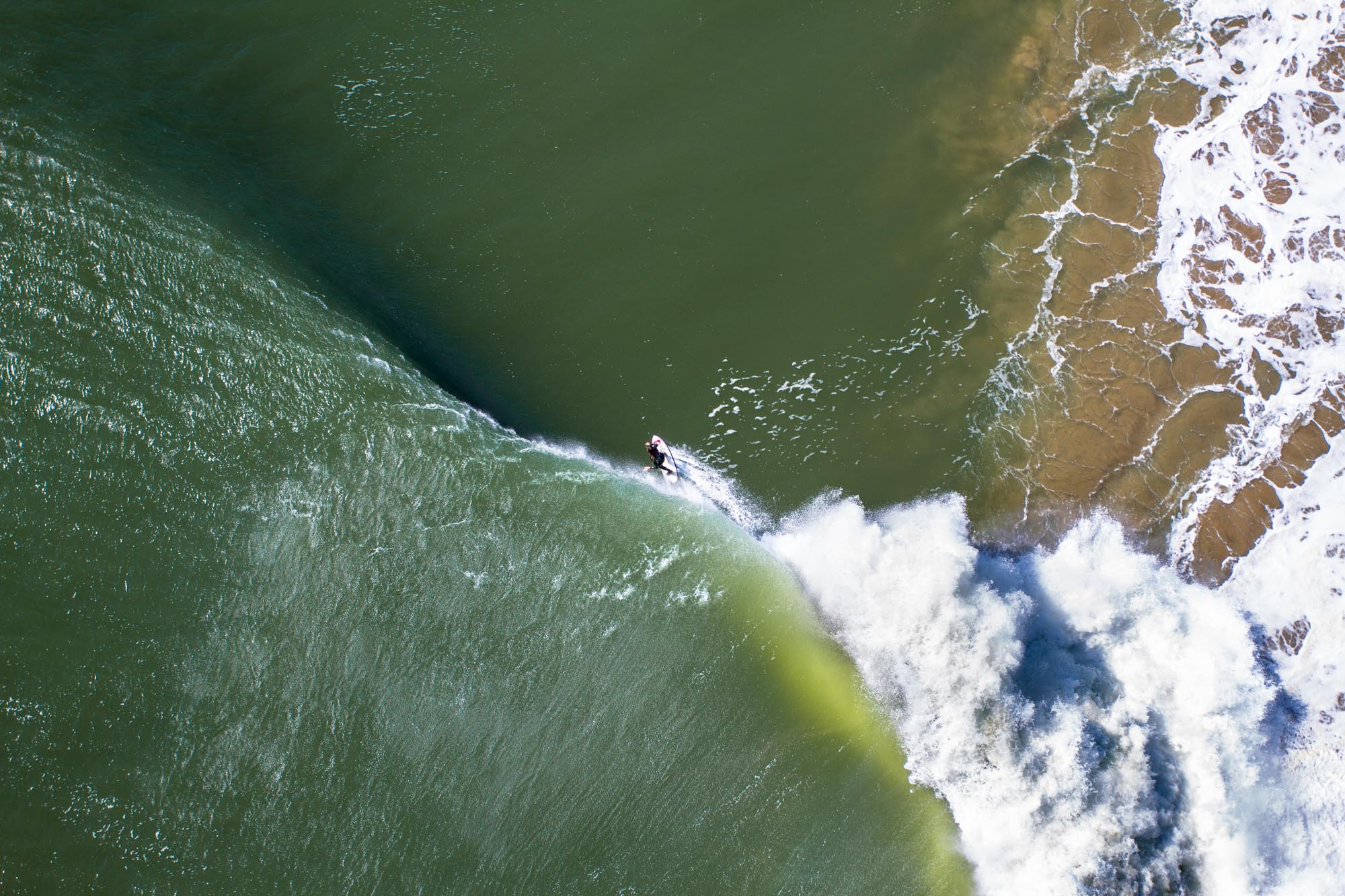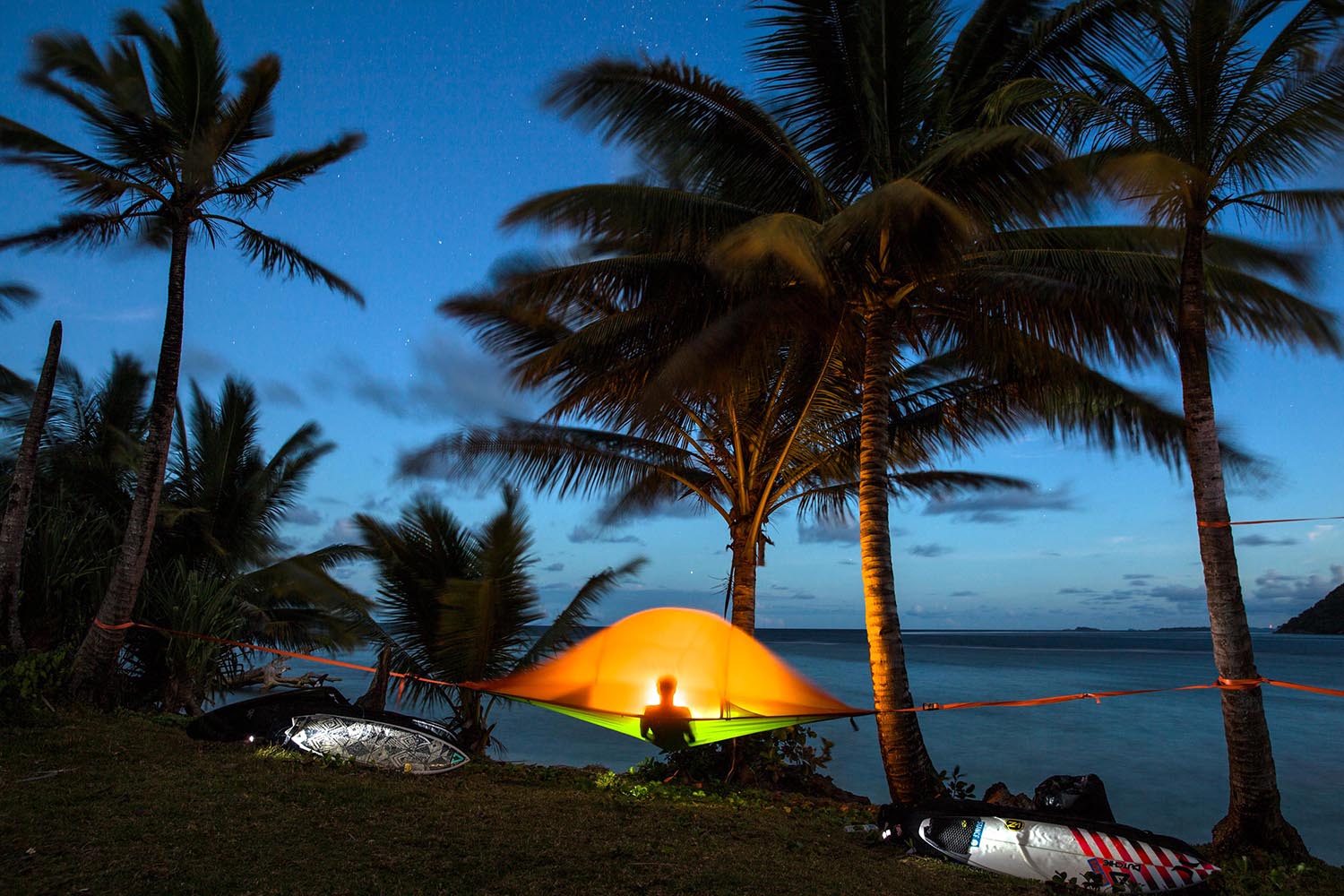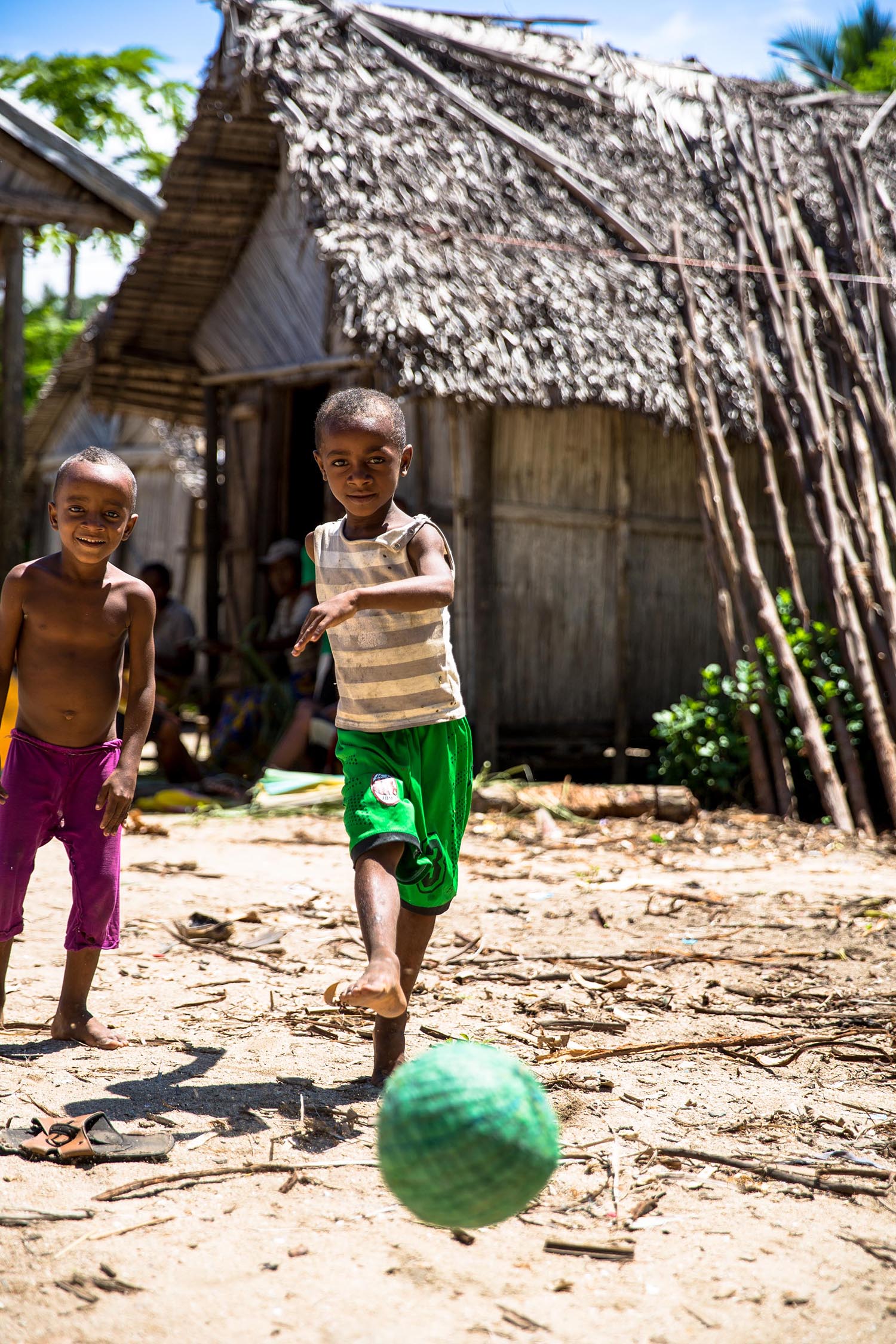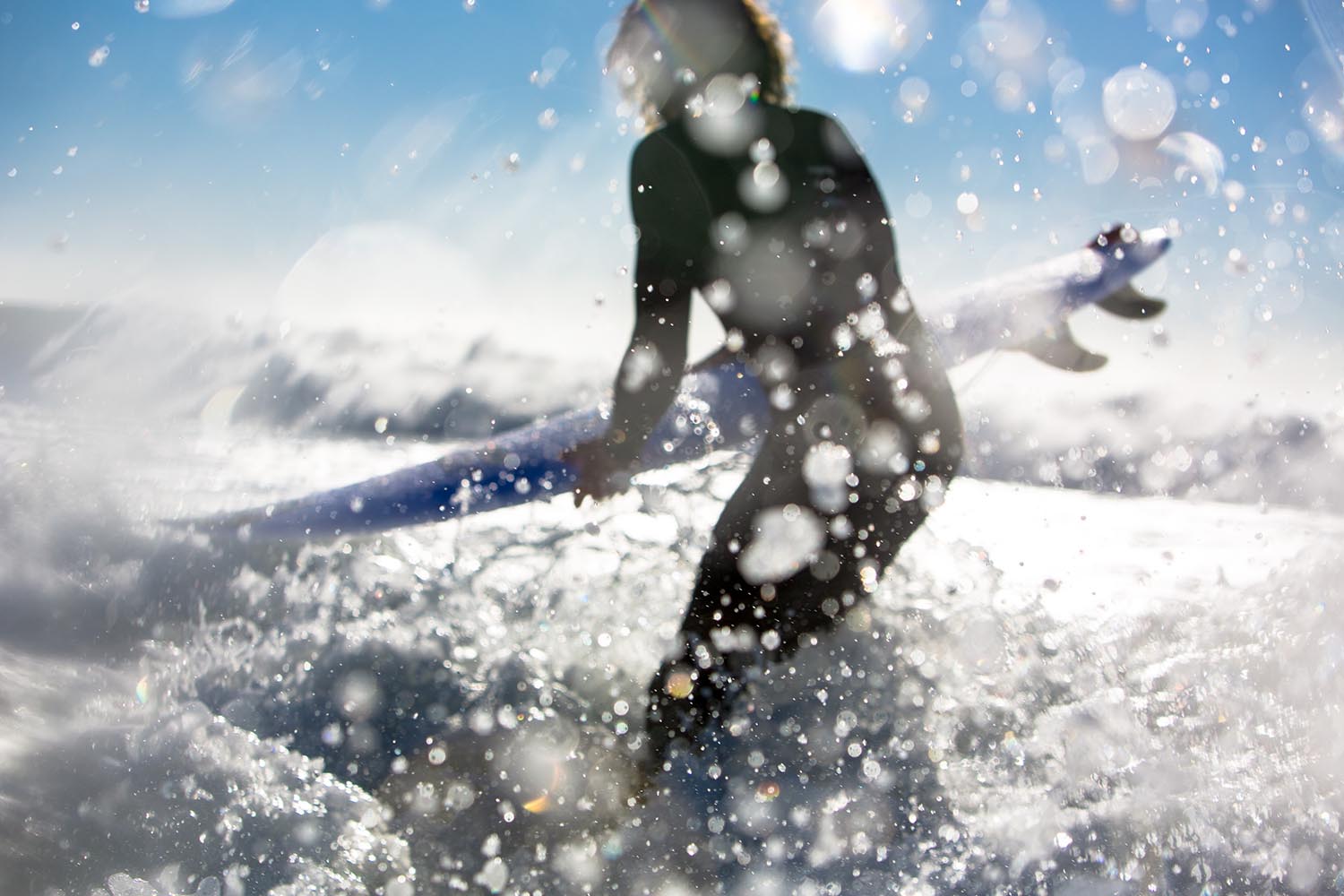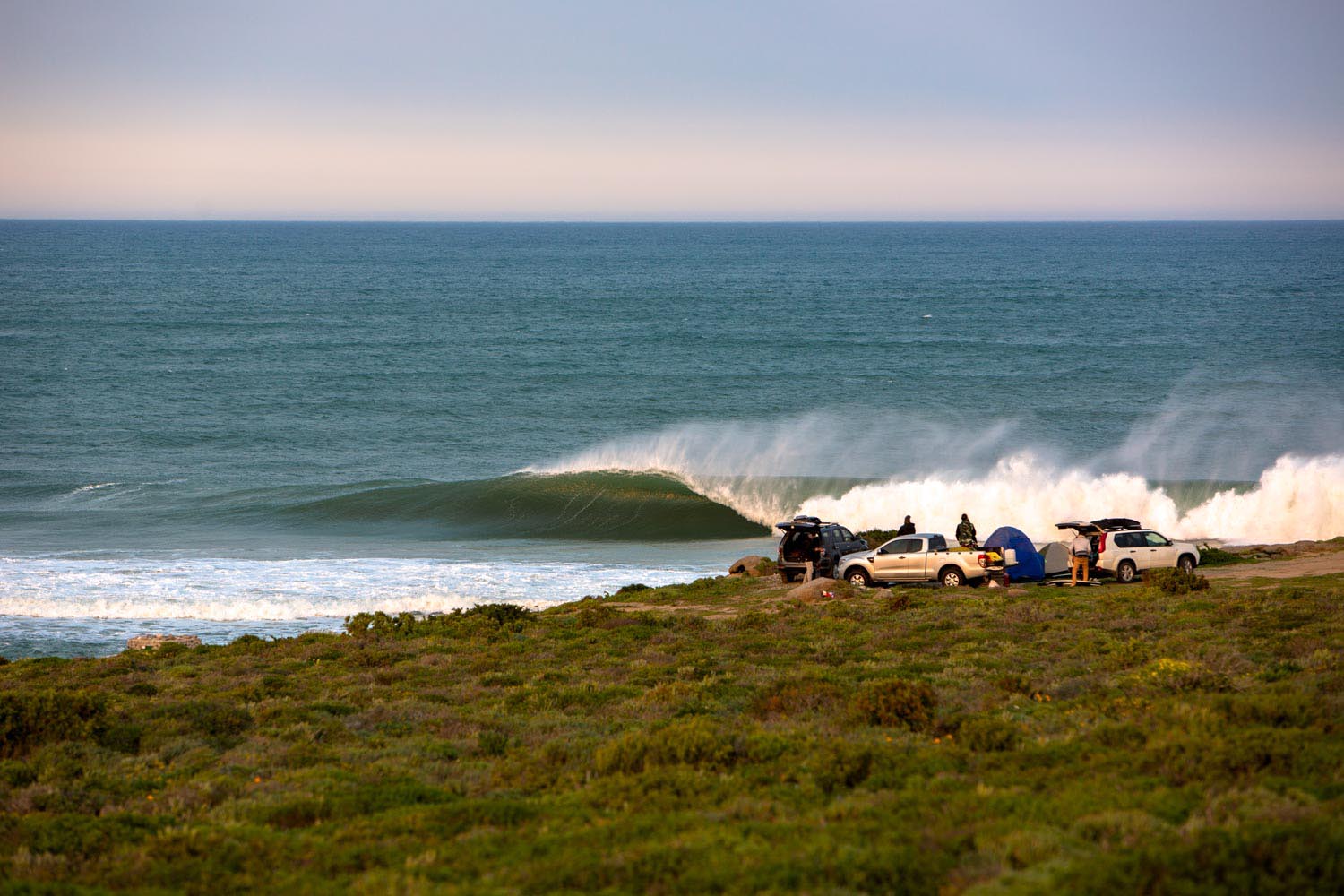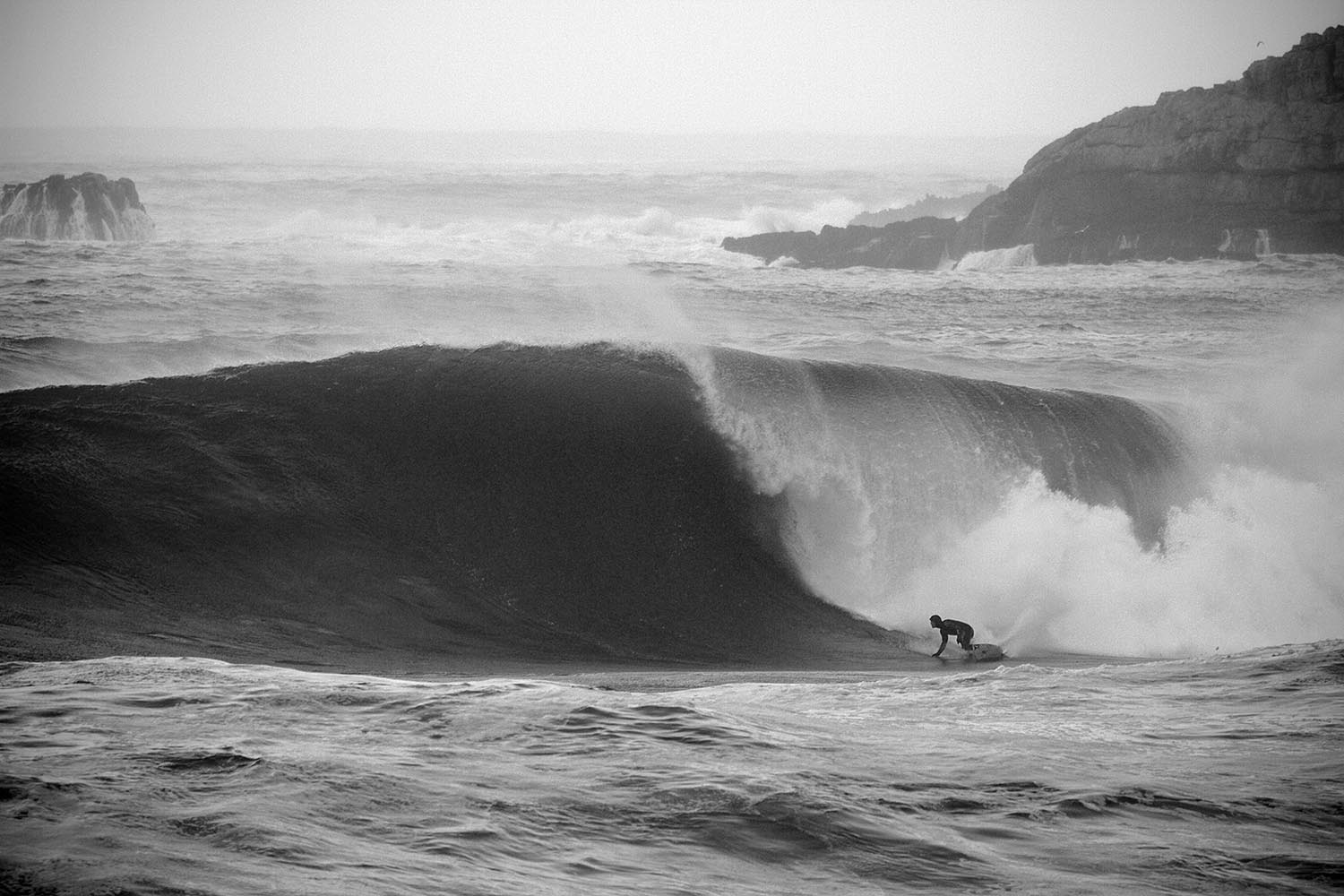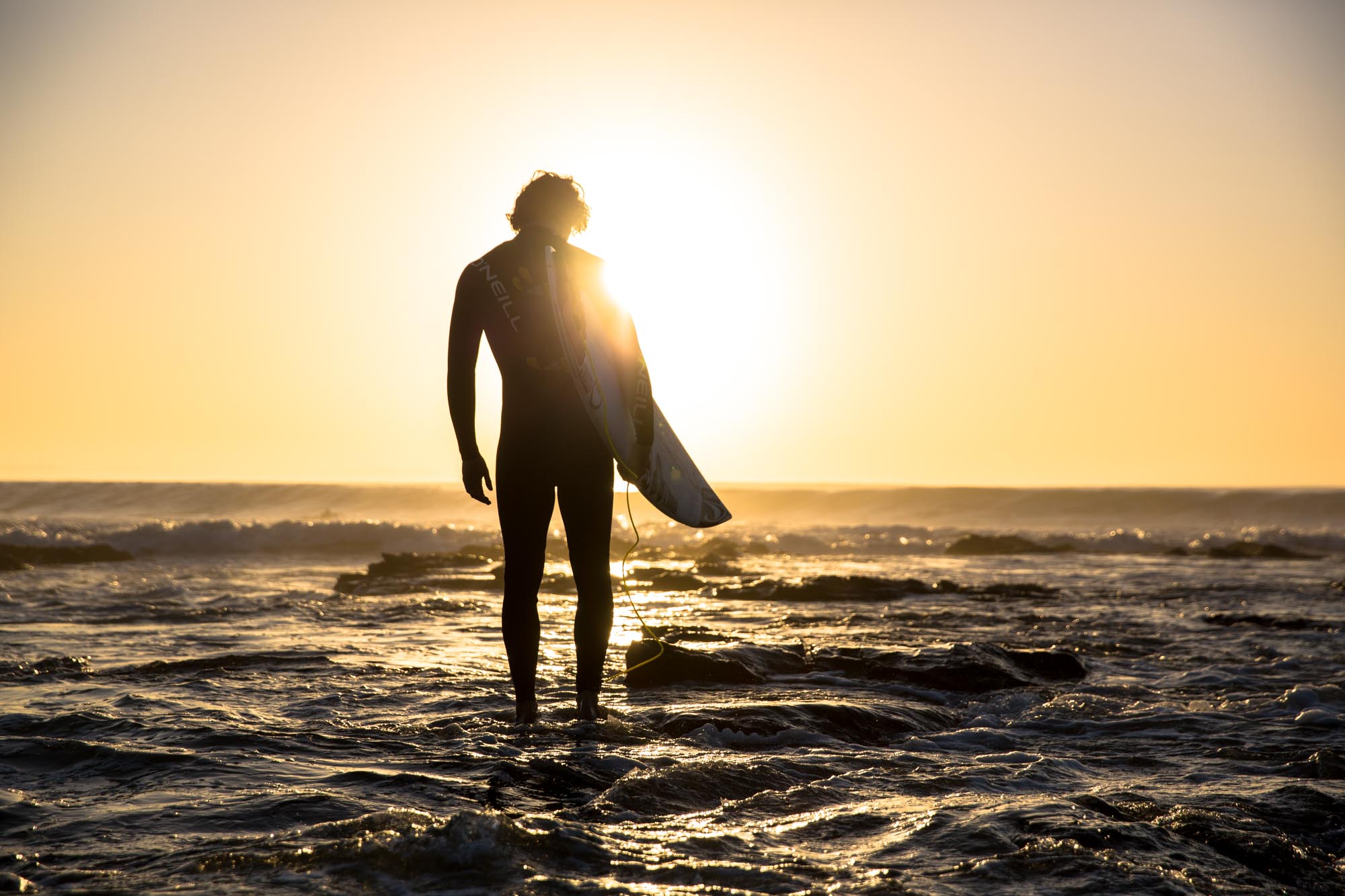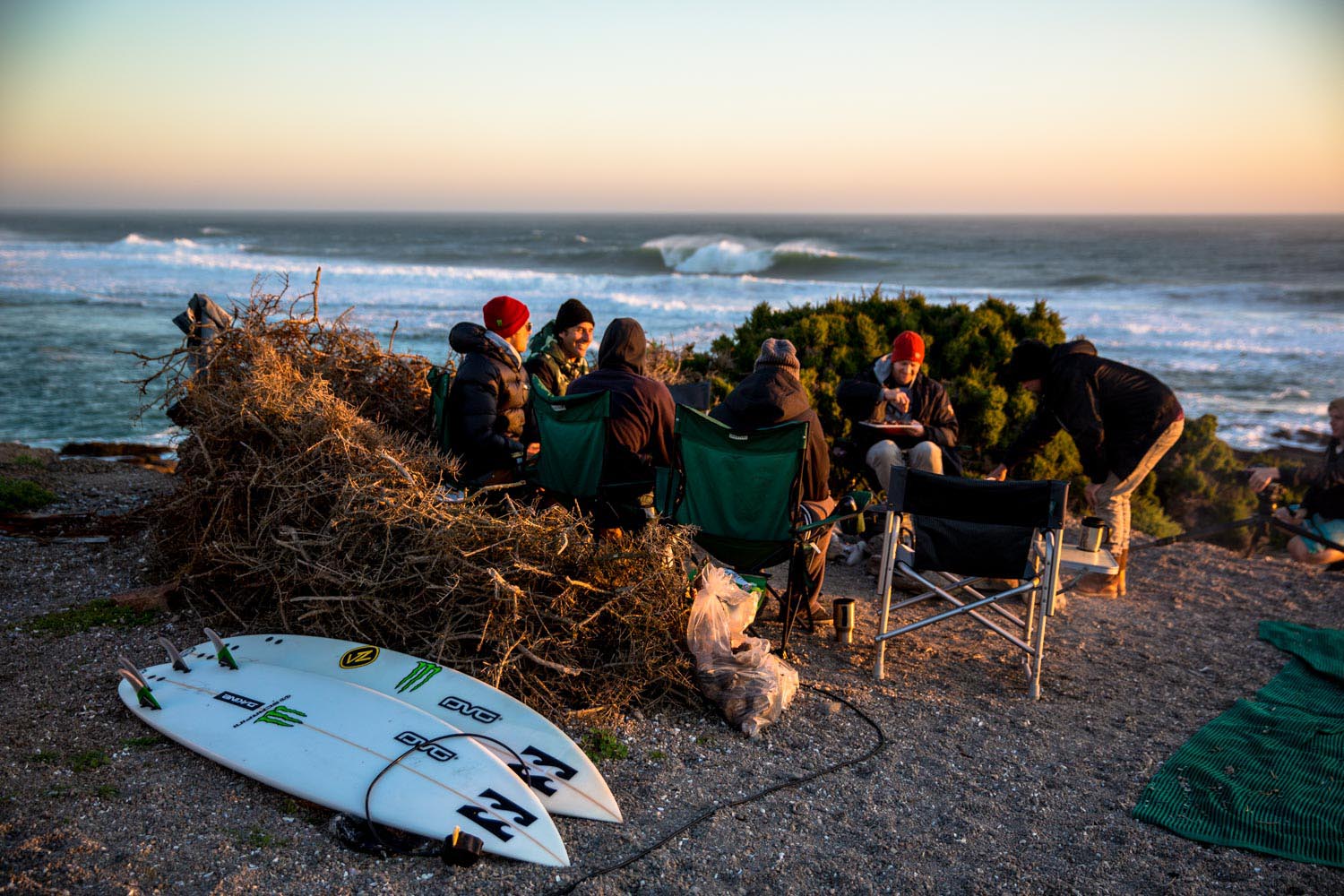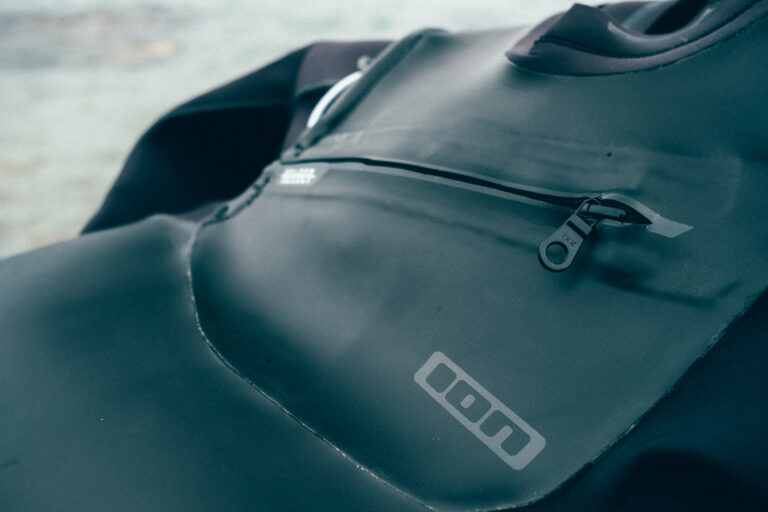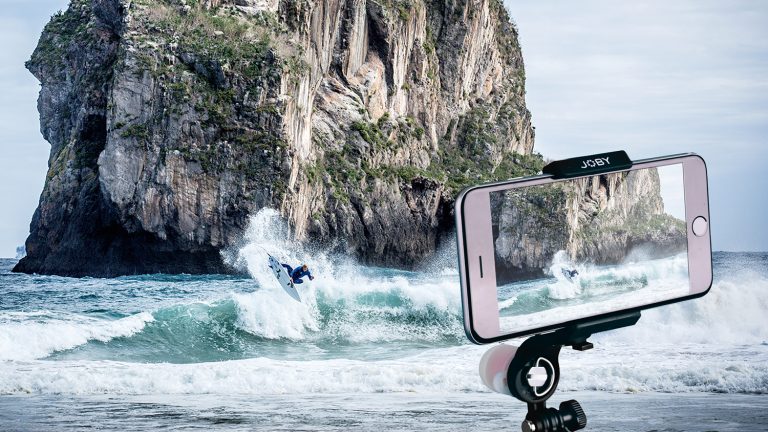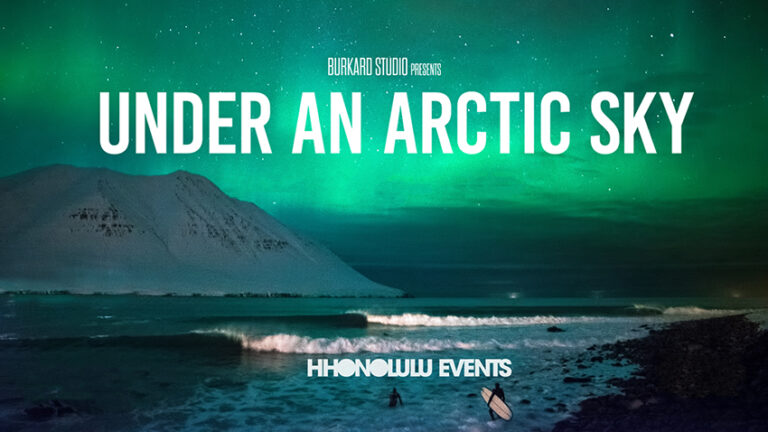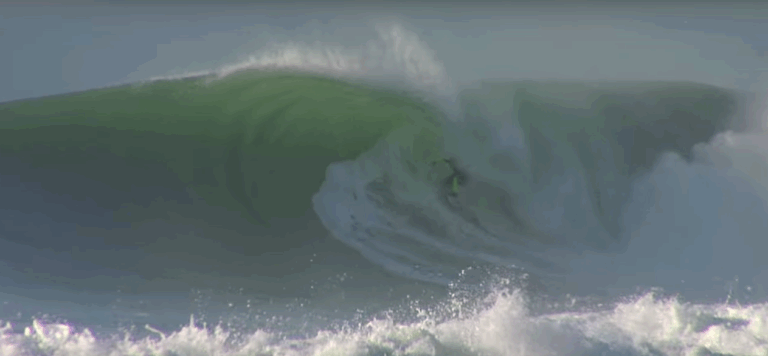
South Coast, South Africa. A seldom-surfed point unwinds with no one around save for a lonely goal posts and a well worn, makeshift field. Surfing barely registers in the lives of the Zulu people in these parts, but soccer certainly does as the most loved and played sport in South Africa.

Skeleton Bay, Namibia. It’s difficult to appreciate a point break from sea level. Even more so at a point that breaks over 2km long. Namibia’s now famous Skeleton Bay, known by locals as Donkey Bay is a true nature wonder of the world, incomparable to any other wave. It will and often has given surfers the best waves of their lives. The problem with that is where do you go next? Or do you just go back year after year, as many surfers now do.

Southern Angola. No matter how many waves roll on by at remote spots like this in Angola, you can’t help but stare. Kepa Acero and Dane Gudauskas, 2013.

The Pirate Isles, Eastern Madagascar. The north east coast of Madagascar is one of the most remote and difficult places to access in the world. With no road access and few places to anchor, it’s not a trip many have done or will ever do. Cyclones, sharks, disease and supplies are just a few of the problems. But then there is the reward. If you’re willing to search, uncrowded perfection is out there.

The Pirate Isles, Eastern Madagascar. Village children are always the first to warm to foreign visitors the world over, despite fears by elders that we might have been human traffickers when we dropped anchor just outside the bay of this particular village in eastern Madagascar. The reefs and wave potential in this region are as good as any in Indonesia.

Jeffrey’s Bay. The feeling of standing in the keyhole about to jump out into perfect Jeffrey’s Bay as demonstrated by freesurf wonder Creed McTaggart.

